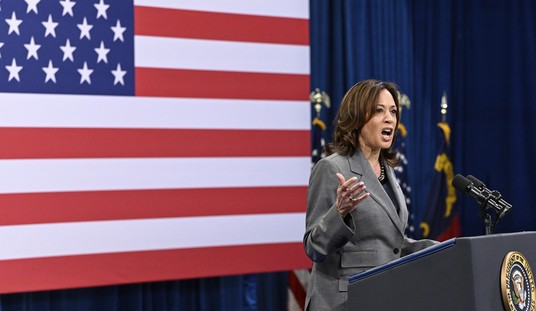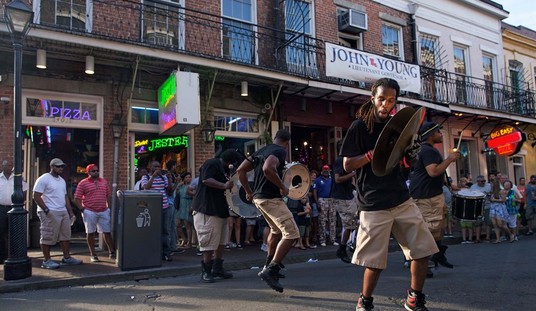The news has covered dozens of students through the years that have run afoul of inane and draconian “zero tolerance” rules regarding the depiction of firearms. Clothing showing things as varied as American soldiers to Star Wars’ stormtroopers have been cause for school freakouts (and really, it’s not like the stormtroopers ever shot anyone). Yet, these were always younger students, all high school age or younger.
However, at Yale University, it seems that even a stone depiction of an antique firearm was just too much for the special snowflakes to handle according to George Will writing at the Washington Post.
Summer brings no respite for academics committed to campus purifications, particularly at the institution that is the leader in the silliness sweepstakes, Yale. Its Committee on Art in Public Spaces has discovered that a stone carving that has adorned an entrance to Sterling Memorial Library since it opened 86 years ago has become “not appropriate.”
The carving, according to Yale Alumni Magazine, depicts “a hostile encounter: a Puritan pointing a musket at a Native American.” Actually, the Native American and the Puritan are looking not hostilely at each other but into the distance. Still, one can’t be too careful, so the musket has been covered with stone. This is unilateral disarmament: The Native American’s weapon, a bow, has not been covered up. Perhaps Yale thinks that armed white men are more “triggering” (this academic-speak means “upsetting to the emotionally brittle”) than armed people of color. National Review Online’s Kyle Smith drolly worries that Yale University might be perpetuating harmful stereotypes.
Will goes on into other things that, while interesting, aren’t particularly pertinent to our discussion here at Bearing Arms.
Instead, let’s focus on how the issue was the firearm and not weapons in general.
Since the bow is one of the oldest weapons mankind has possessed, it’s entirely possible that it is responsible for more death per capita than the firearm remotely is, yet it’s permitted to remain. A symbol of…whatever. I don’t even know anymore.
Yet the gun, a flintlock blunderbuss, is somehow far too much for the children–and they are children, regardless of their age, if they can’t handle even the depiction of an antique firearm–at Yale University to handle. Just imagine how triggered these individuals would be at a Civil War reenactment.
Yes, there is an evil part of me that wants to take a busload of them to one, why do you ask?
What we see here is an attempt to rewrite the past as something other than what it was. Pilgrims had guns. Most settlers had guns. They needed them because, contrary to what they may learn in their ethnic studies classes, the natives were not always the “noble savages” they’re portrayed as. They were humans, which means that while there were some peaceful, friendly examples, there were also savage and warlike examples as well…just like everywhere else.
The gun was what allowed this nation to be settled. It evened the odds against an enemy that drastically outnumbered the settlers so that they could carve out a new life.
Whether that’s good or bad is a matter for discussion, but it’s not the fault of the statue or the gun depicted either way.








Join the conversation as a VIP Member